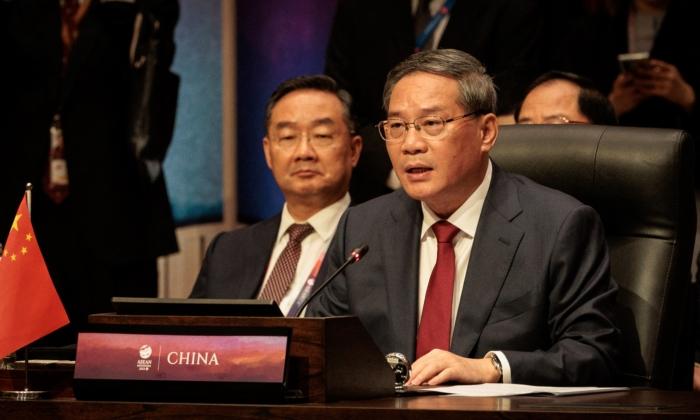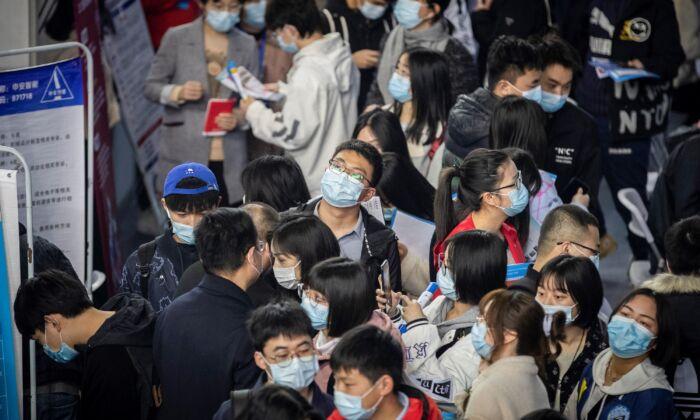According to the report, the city collected a total of 353,960 samples and only tested 185,979. In other words, regardless of the accuracy of the test, about half of the samples were not tested.
The Yunnan Health Commission reported that on April 6, there were 2 newly confirmed cases, 68 existing confirmed cases, and 46 cases of asymptomatic infections. It claimed that local authorities began the contact tracing process.
Gong Yunzun, the secretary of the Ruili Municipal Party Committee, said that as of April 7, a total of 8,162 people had been identified in the contact tracing investigation, of which 4,594 were in close contact and 3,568 were indirectly in close contact with the confirmed cases, Xinhua reported.
Concealed Data
Xinhua also reported that as of April 7, Ruili authorities had collected a total of 2,006 serum samples from “key groups of people,” and all tests had been completed.This shows that the current nucleic acid tests are still unreliable and the test results can only be confirmed by serum testing. The report did not explain how authorities chose the key groups for serum testing. On what basis did Ruili identify these key people? Is it because they had prolonged contact with an infected person or did they have symptoms of COVID-19? Was the serum test only performed to confirm a positive nucleic acid test result? If all of them came from the 8,162 people traced, then why were there only 2,006 serum tests? If the serum tests were not all from that group, then where did the rest come from?
The report only stated that 2,006 serum tests were completed, but the data of the test results was concealed and it did not indicate how many infected persons were found. Similarly, 185,979 nucleic acid tests were completed in the second round, and the report did not indicate the number of positive cases. However, the report said that authorities will continue to implement home isolation management in the main urban area of Ruili, and at the same time, the surrounding areas will be sealed off. If only a small number of infected persons were found in serum testing and nucleic acid testing, then why would the local authorities continue to lock down the city?

Contradiction in the Number of Medical Observations
Xinhua reported that 8,162 people were traced in Ruili. These people should have been quarantined or under medical observation, but there is a contradiction with the data reported by China’s National Health Commission.The 7,845 people currently under medical observation across the country are actually less than the 8,162 people currently traced in Ruili. Those 8,162 people should be under quarantine and medical observation for at least 14 days as required.
The most likely explanation is that the Commission failed to include the number of medical observations in Ruili. In other words, the epidemic situation reported by the Commission is carefully processed data.
Xinhua was eager to publicize Ruili’s fight against the epidemic, and inadvertently revealed the truth. There may be two other possibilities for such a joke.
The first possibility is that the Commission only announces the number of close contacts currently under medical observation and hides the number of indirect close contacts; Yunnan Province or Ruili city could also only report the number of close contacts but not the number of indirect close contacts, but this is less likely.
By comparing those two reports, the number of close contacts still under medical observation across the country actually decreased by 223, and the number of asymptomatic infections still under medical observation actually decreased by 9 cases. The recent announcements are basically the same pattern. They still show divergence from the 4,594 close contacts announced by authorities in Ruili.
The second possibility is that Ruili may not have reported their data to the Commission; but if it did, the Commission could have decided not to publish the information in order to conceal the severity of the situation and to prevent higher authorities from intervening.
The Chinese Communist Party (CCP) has never really given any true information on the COVID-19 situation in China. How many people have been put at risk for the so-called CCP’s victory in the fight against the pandemic?





